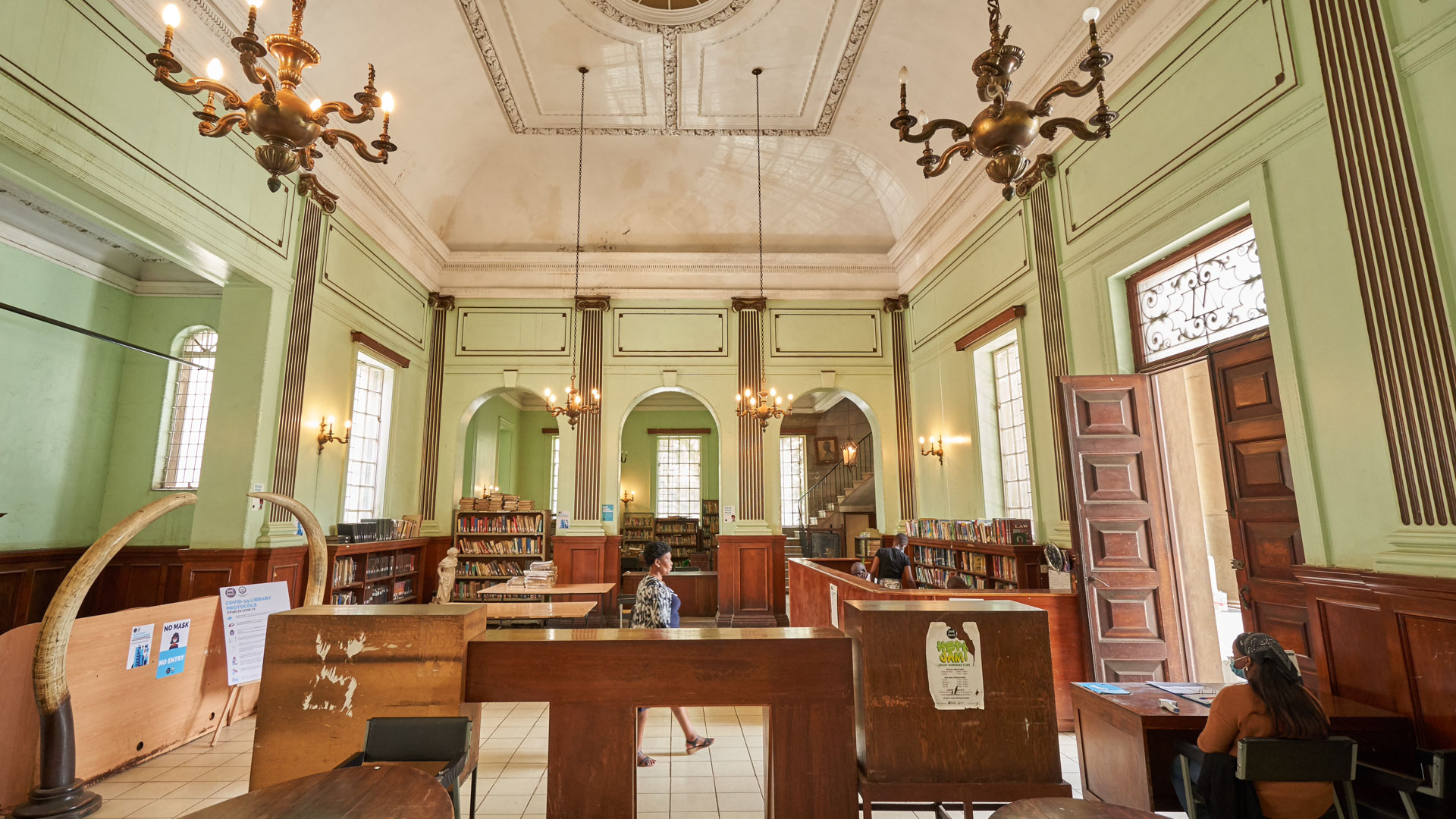
Book-worm, history lover, culture geek… for a 25-year-old, I am admittedly pretty nerdy. That’s why I jumped at the opportunity to take the We Build Libraries tour with Book Bunk when given the opportunity through Angama Safaris' ‘Nairobi Under the Hood’ experiences. However, from the get-go, I knew that there was going to be nothing nerdy about this tour.
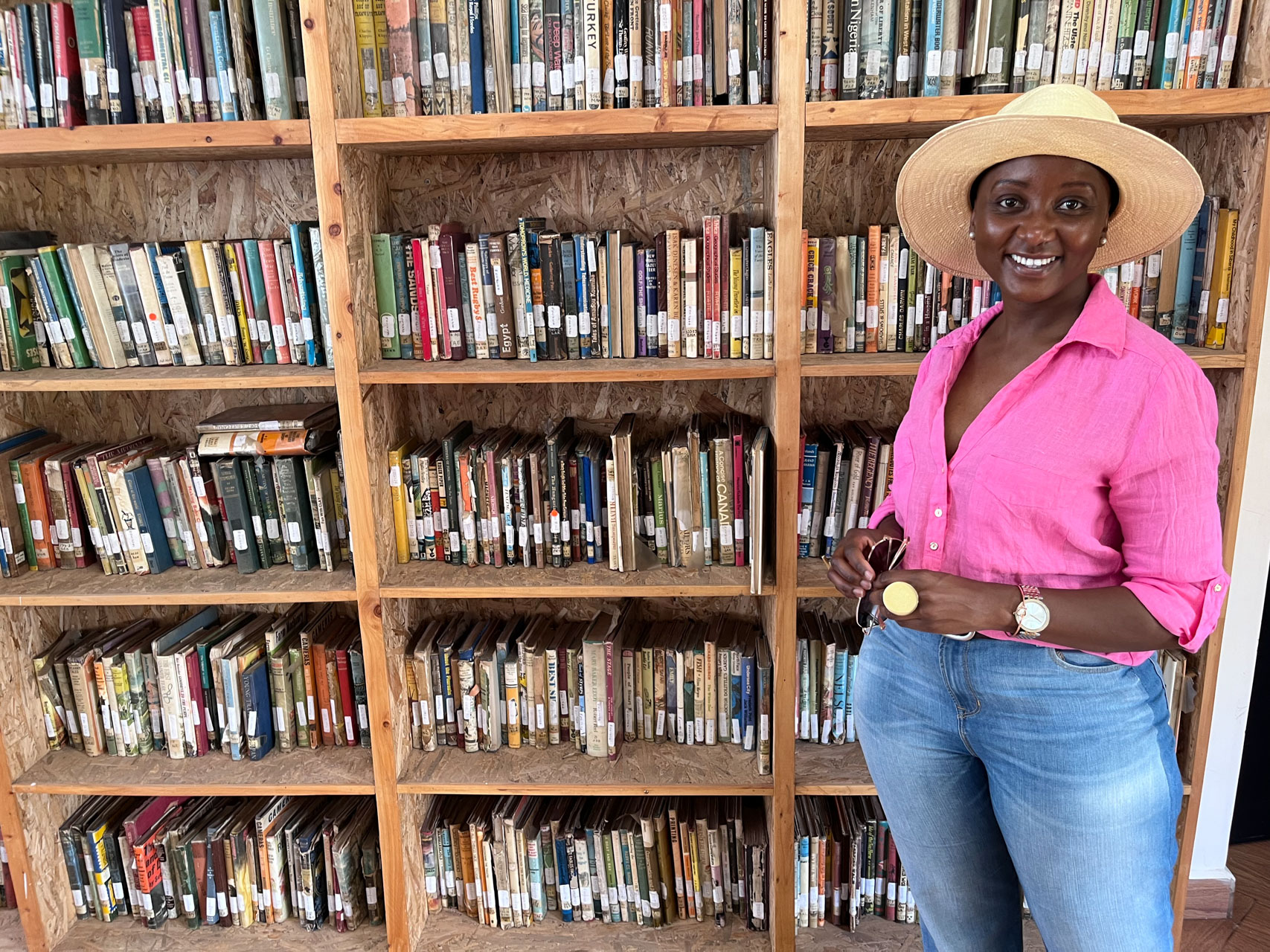
Wairimu Mwaura, my guide, met me at my hotel looking fabulous in a bright pink shirt, bell-bottom jeans and a straw hat. With Thuku as our driver, Wairimu sat next to me as we navigated the Nairobi streets, showing me Nairobi through her cool young perspective and pointing out buildings of cultural, historical and social interest. I was in heaven.
Book Bunk was started by two inspirational women, Angela Wachuka and Wanjiru Koinange, who saw the true potential of Nairobi’s neglected public libraries. They work tirelessly to restore some of Nairobi's most significant ones into 'sites of heritage, public art, collective memory, knowledge production, shared experiences, cultural leadership and information exchange'. This tour was not so much about books but rather about a community effort to reclaim these spaces and make them work for contemporary Nairobians.
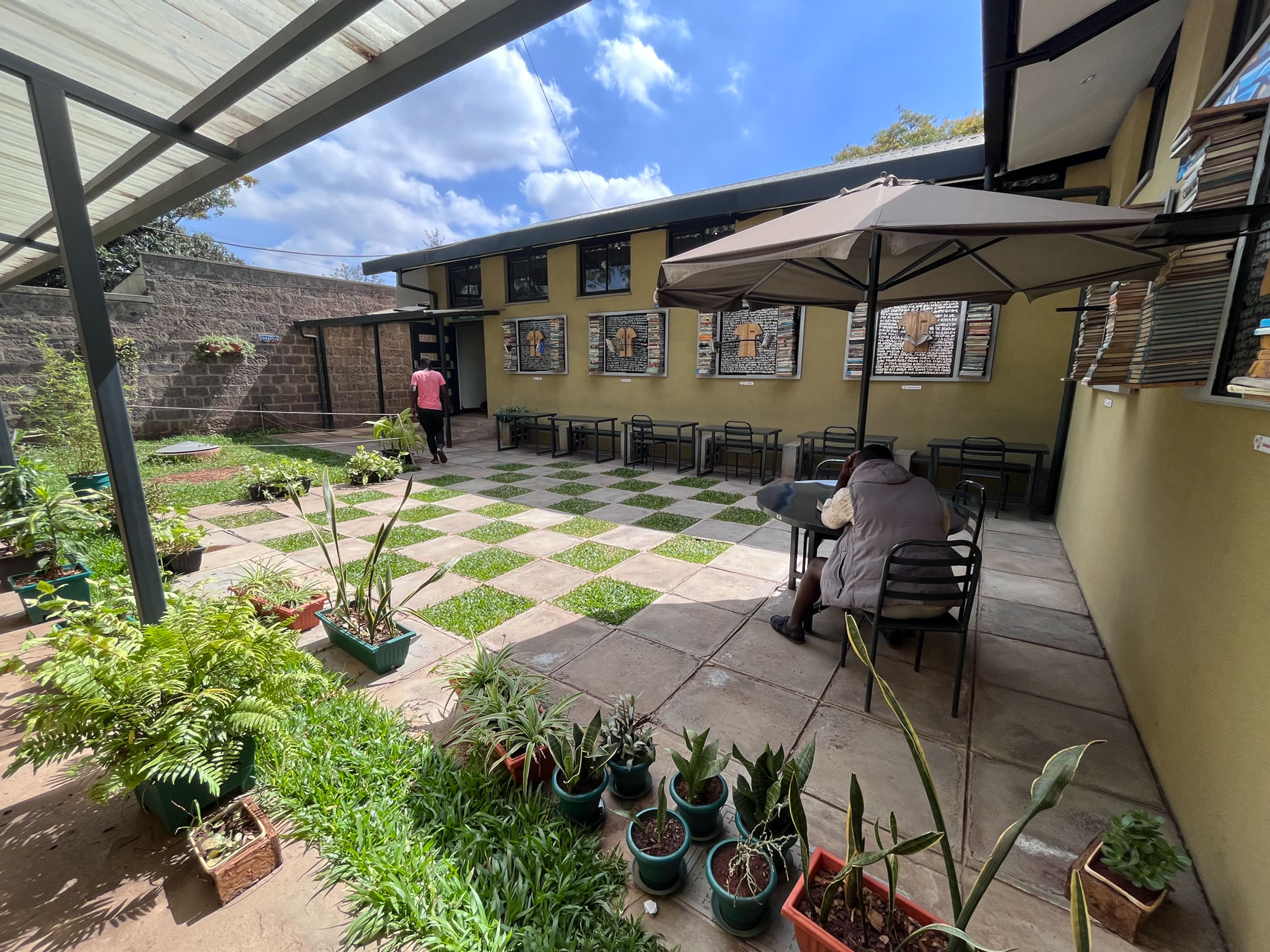
The first stop on our tour was Makadara Library in Eastlands. You can’t help but smile as you walk through the doors of this library — colour abounds and you can see the effort that has been put into redesigning the space for modern users. From a quiet children’s reading nook to a happy little courtyard, I would have loved to have had access to this library when I was young. But this space is not just for the young. Posters advertised all sorts of programmes and after-school activities available at the library for children and adults.
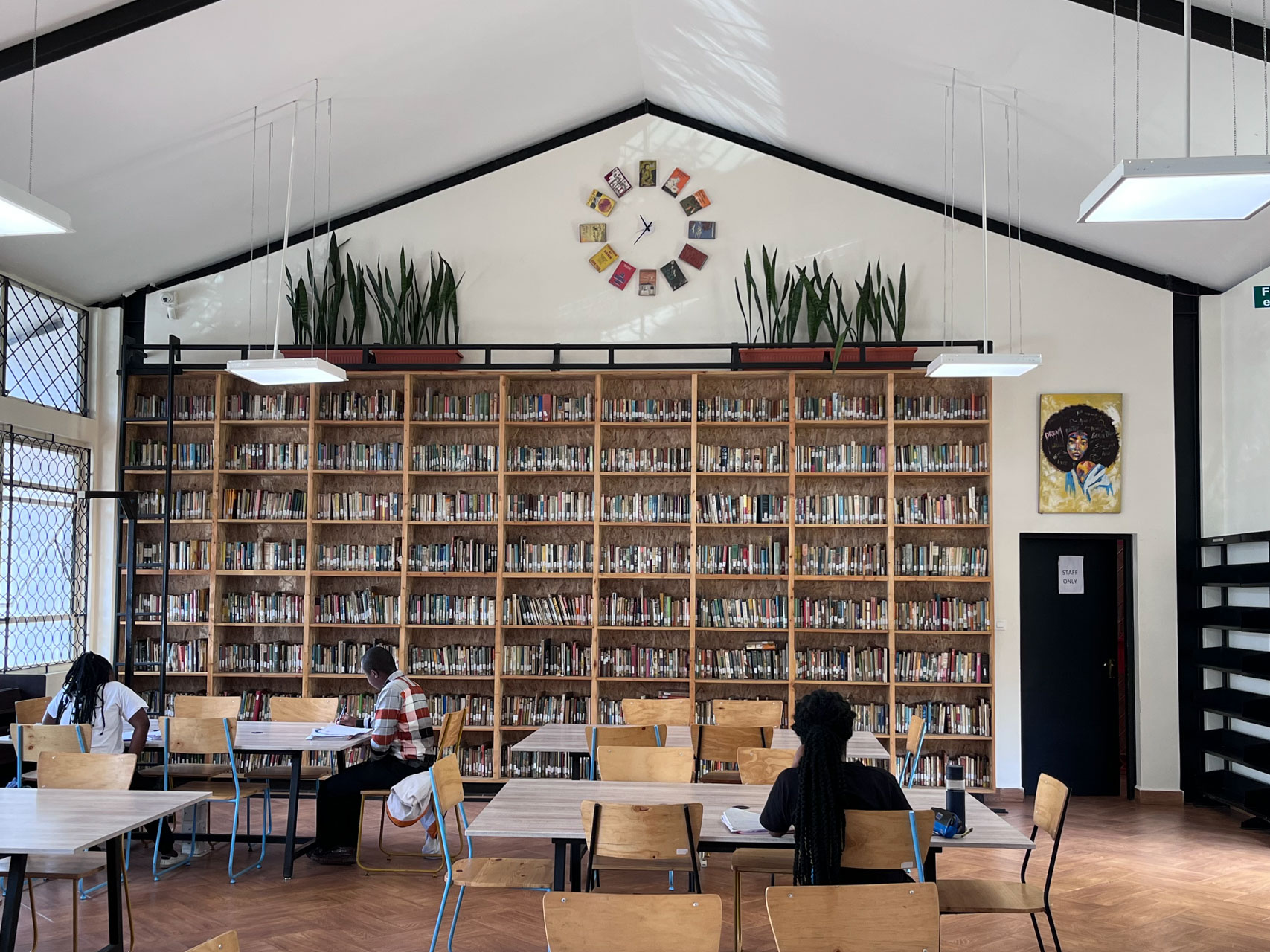
A shared working space with high-speed wifi and computers is open for adults looking to work or study. Perhaps most importantly, the catalogue of books here and at the other libraries has been thoroughly and painstakingly restocked to be more inclusive of African voices and experiences while removing those with racist and problematic depictions.
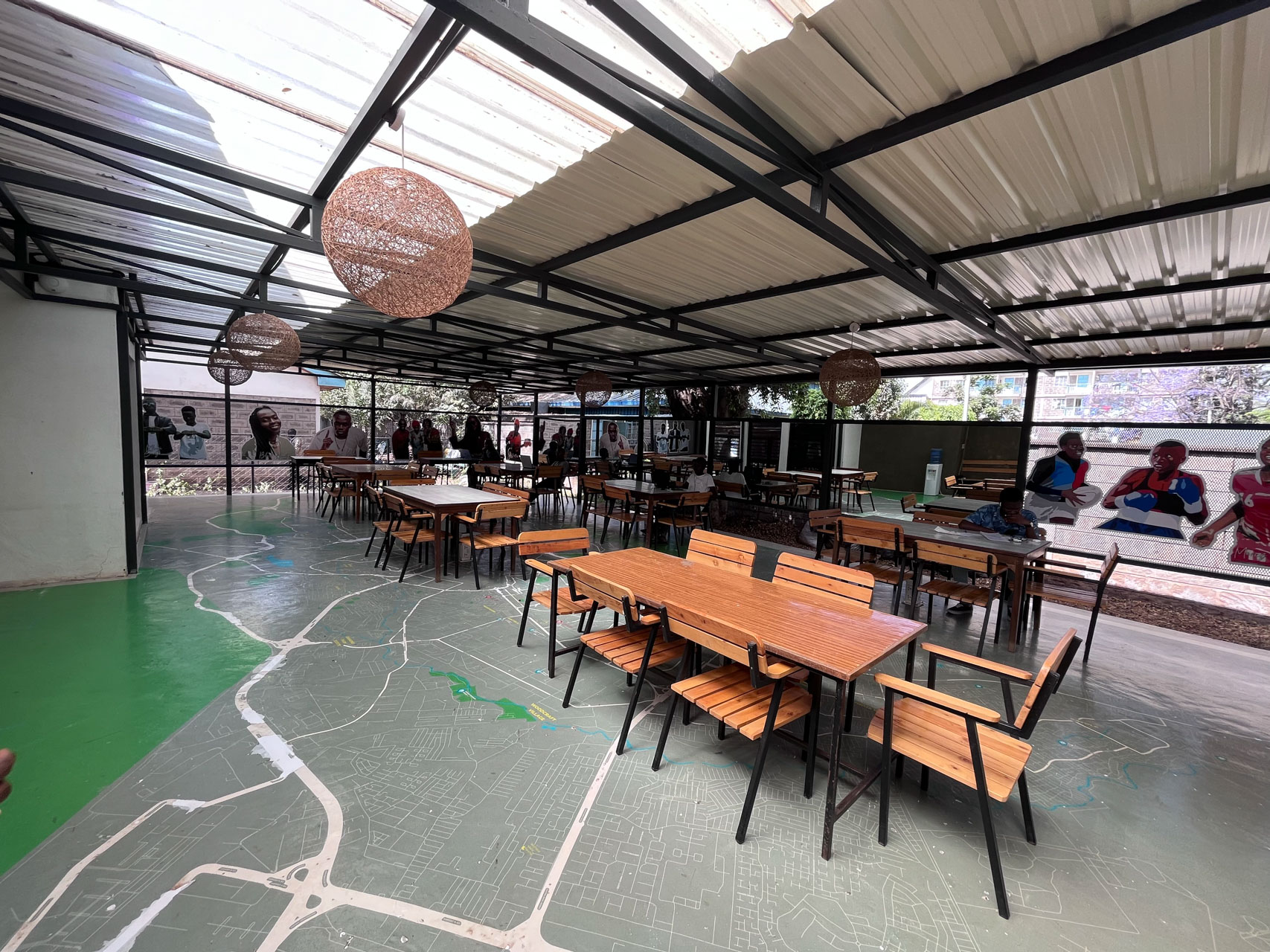
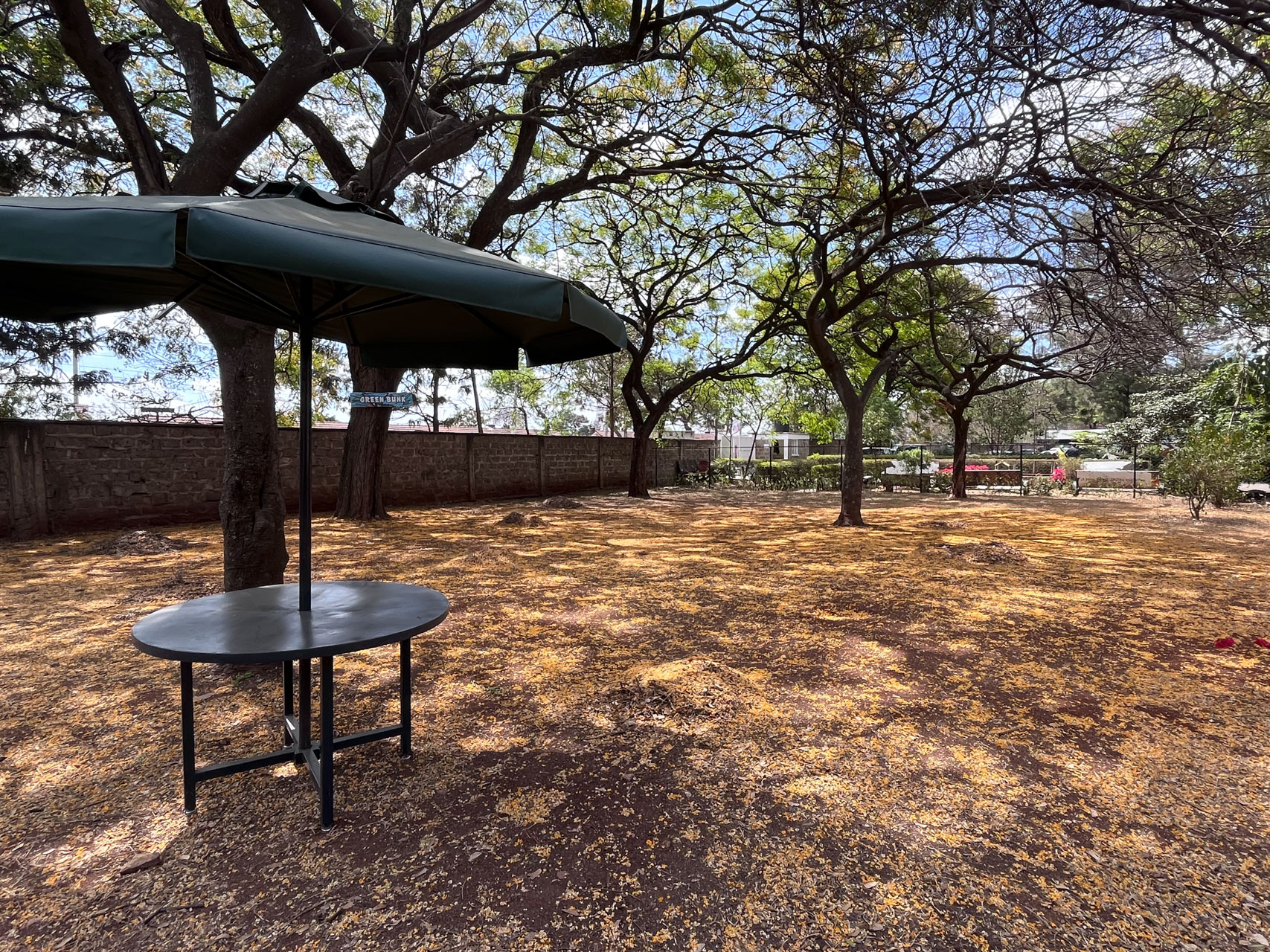
I could go on for ages about the Makadara Library and the cutouts of Kenyan celebrities and personalities for children to look up to, about the stage that is used to put on children’s plays and performances, and the beautiful open garden where they set up tables for people to work outside or host after-school activities — but there are two more libraries to go!
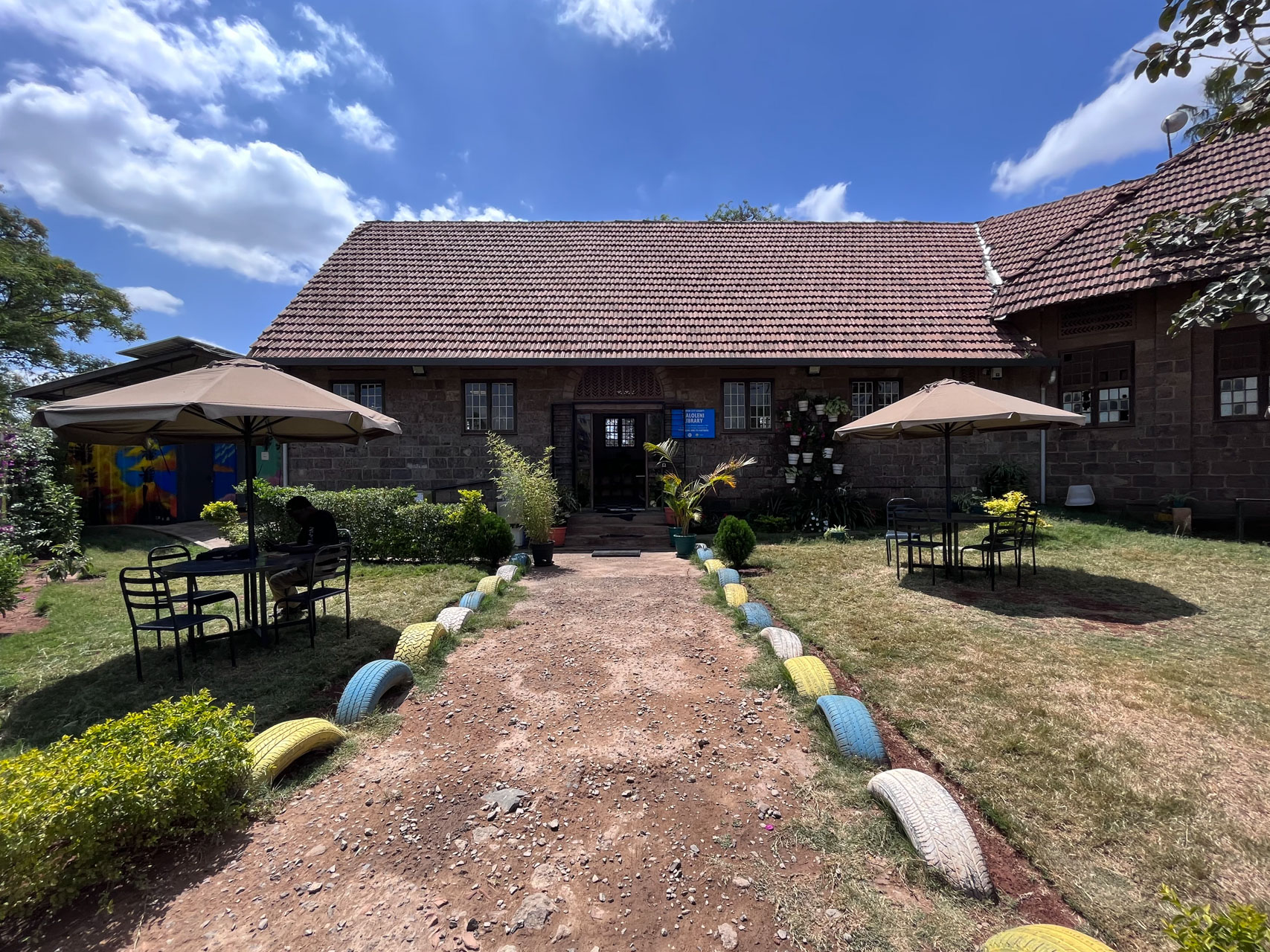
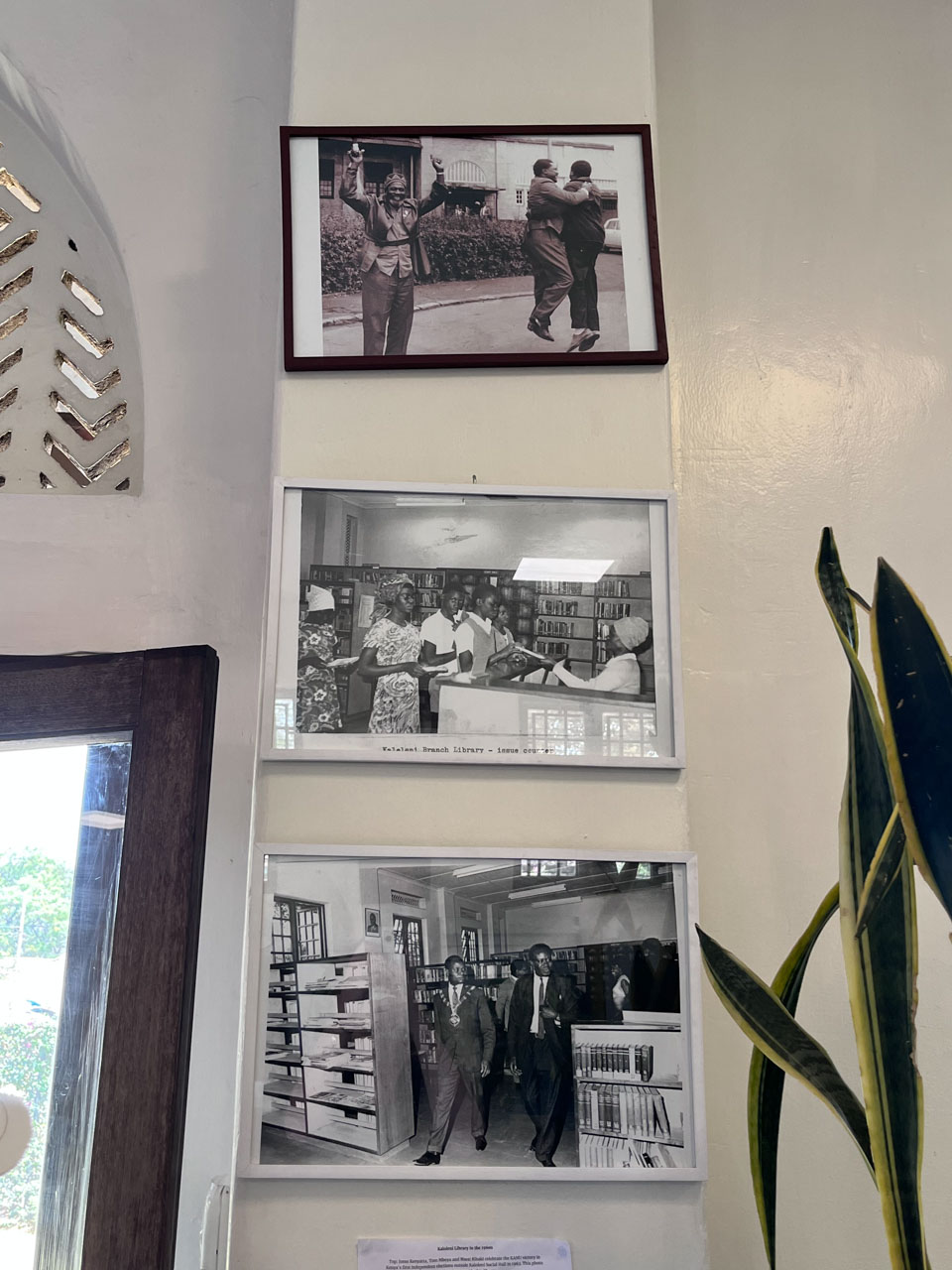
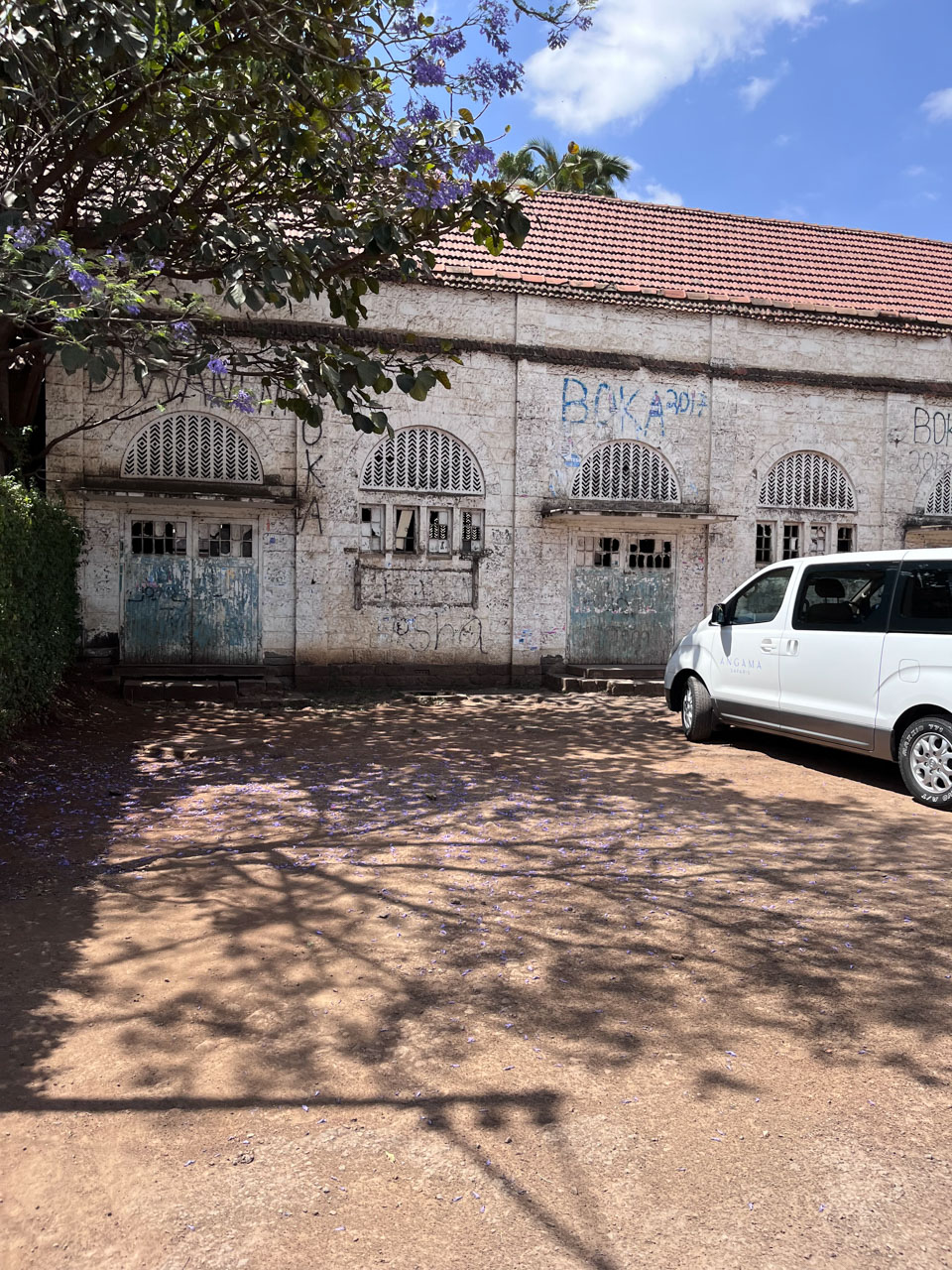
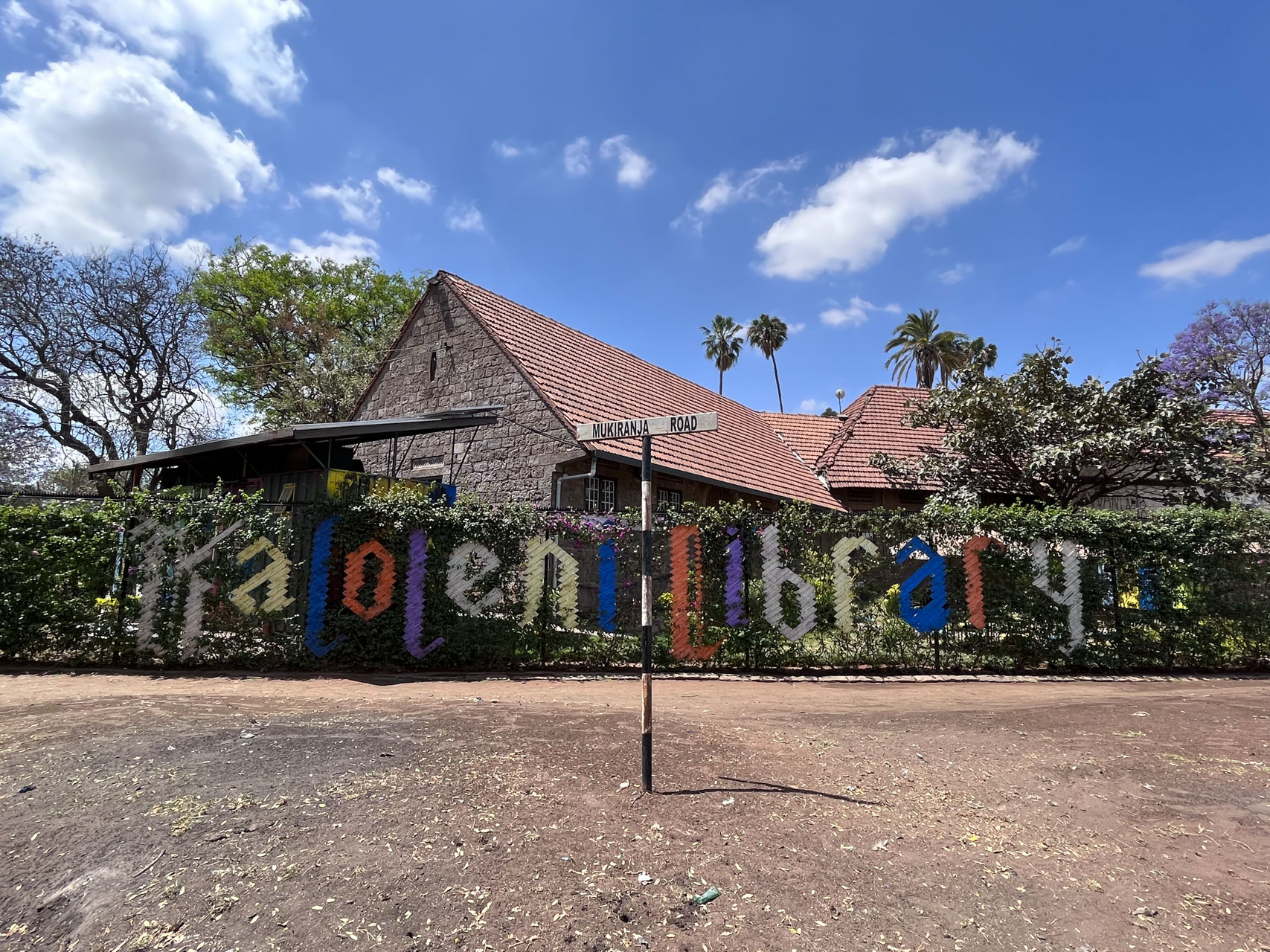
Next on the tour was the Kaloleni Library which stands at the heart of Nairobi's Kaloleni neighbourhood, consisting of about 500 buildings built by Italian prisoners of war in the 1940s and used by the King’s African Rifles (a British battalion) upon their return after WW1. Furthermore, the library is right next to a town hall where the first ruling democratic party was founded. (I told you it was not all about books, but history, too). This library is the smallest of the three and it is very much geared toward children, but when we visited during the school day, a few adults were making use of the quiet space and the cool room.
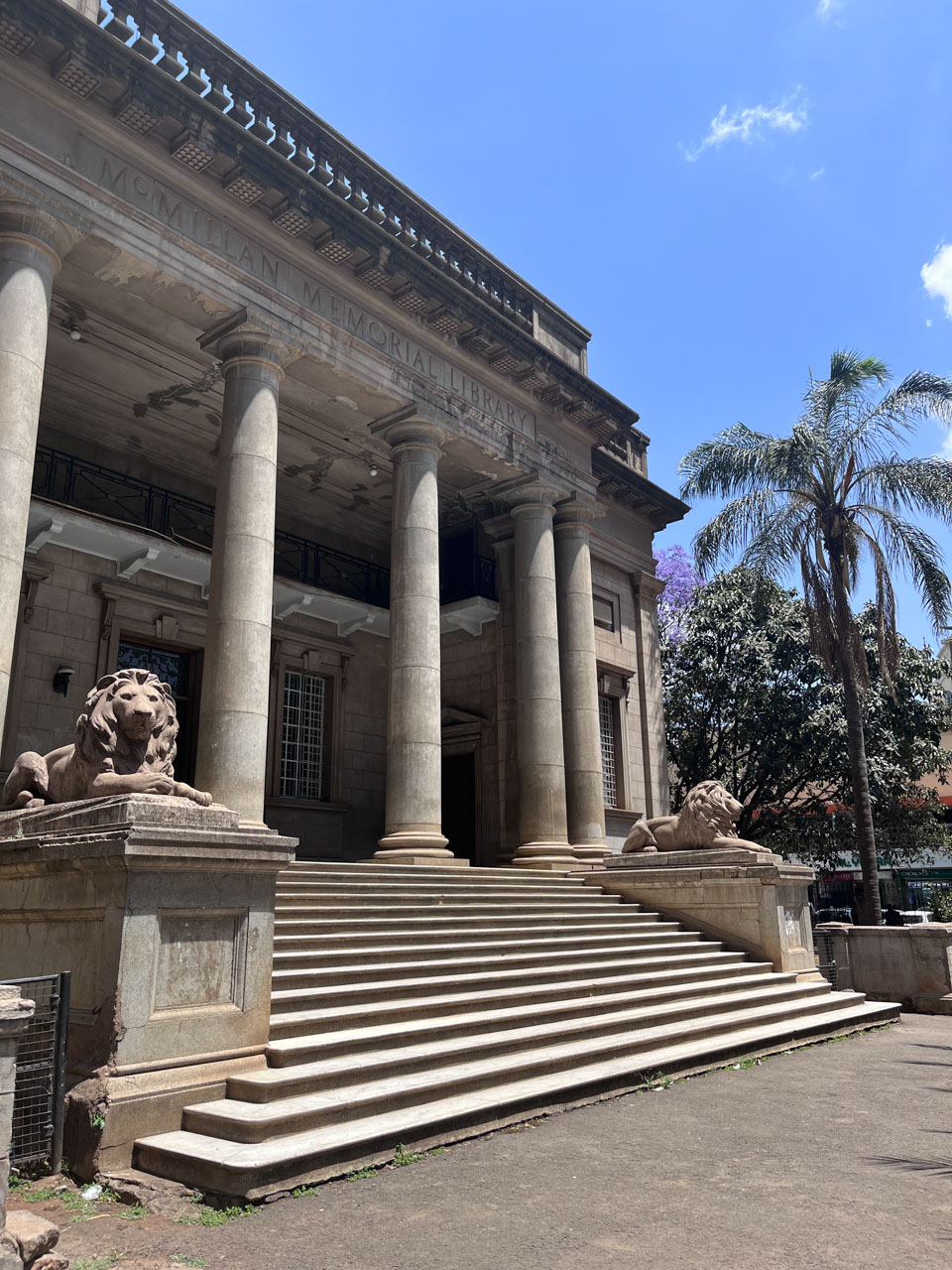

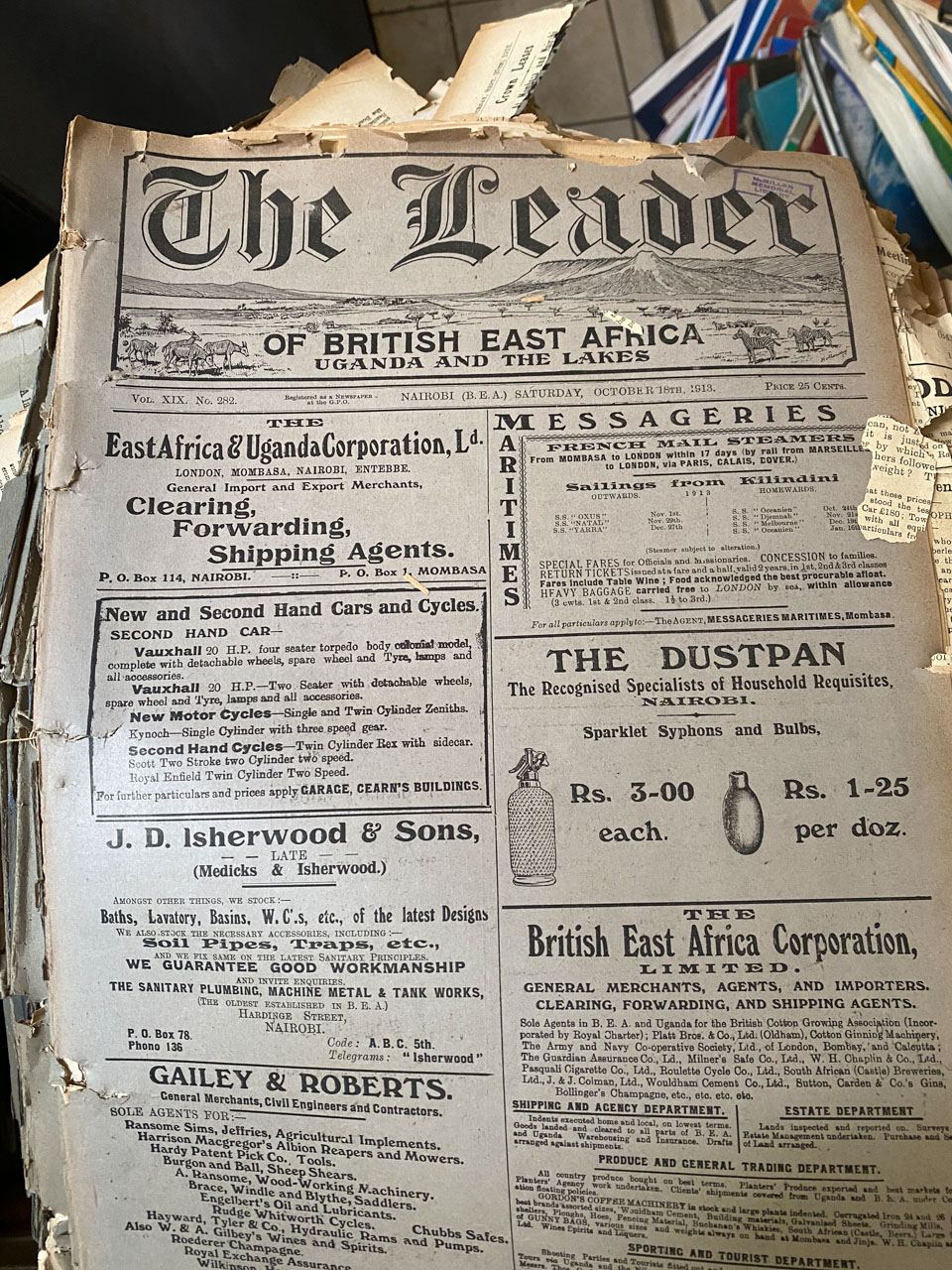
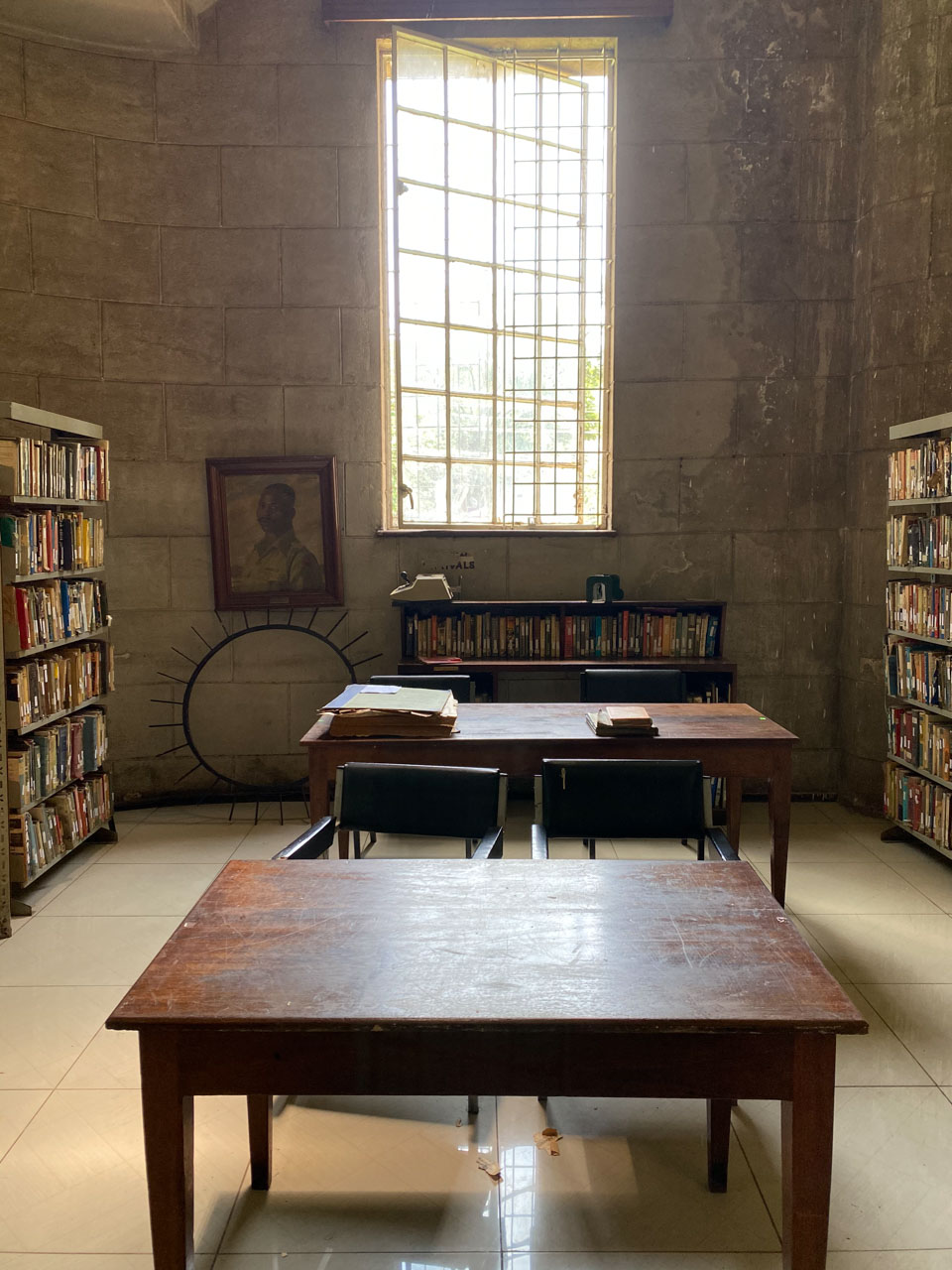
Last, but certainly not least, was the famous McMillan Memorial Library — the second-oldest library in Kenya. Built in memory of Sir Northrup McMillan in 1931, this library was originally only open to Europeans. However, since 1962 it has welcomed all Nairobians and visitors and has become an iconic building in the bustling city centre. This old building has certainly seen better days, but Book Bunk is determined that its best days are yet to come. They have big plans to decolonise the space — from literature to décor — and do away with the traditional view that libraries must be quiet and solemn places. Instead, this grand building will tell a history seen through Kenyan eyes, holding a plethora of spaces filled with books and art by Kenyans for Kenyans.

The power that a good library has within a community cannot be overestimated. It provides a safe space to learn, dream and create. I was overwhelmed by the work that Book Bunk was doing in these three libraries and what that meant to these communities. Around the back of the Madaraka Library, next to an adorable community-run vegetable garden, Wairimu pointed out a metal hatch. Inside this unassuming hole was a time capsule the community had created. Naturally, I had tears in my eyes as Wairimu told me about all the prayers and wishes for the future that had been placed inside. I hoped with all my heart that they would all come true and could only believe the libraries would play a part in seeing them come to fruition.
Book Bunk has many incredible resources for you to take a look at. One of our favourites is their podcast, titled A Palace for the People, available on all streaming platforms. Here Angela and Wanjiru have fascinating conversations centred around the McMillan Library — its history, restoration and story — as well as the importance of designing public spaces with people in mind and the future of Nairobi’s public spaces.
*You will hear the amusing story of McMillan's lion statues in the first episode of this podcast
Filed under: East Africa Travel
Subscribe for Weekly Stories
Comments (0):

The Angama Foundation